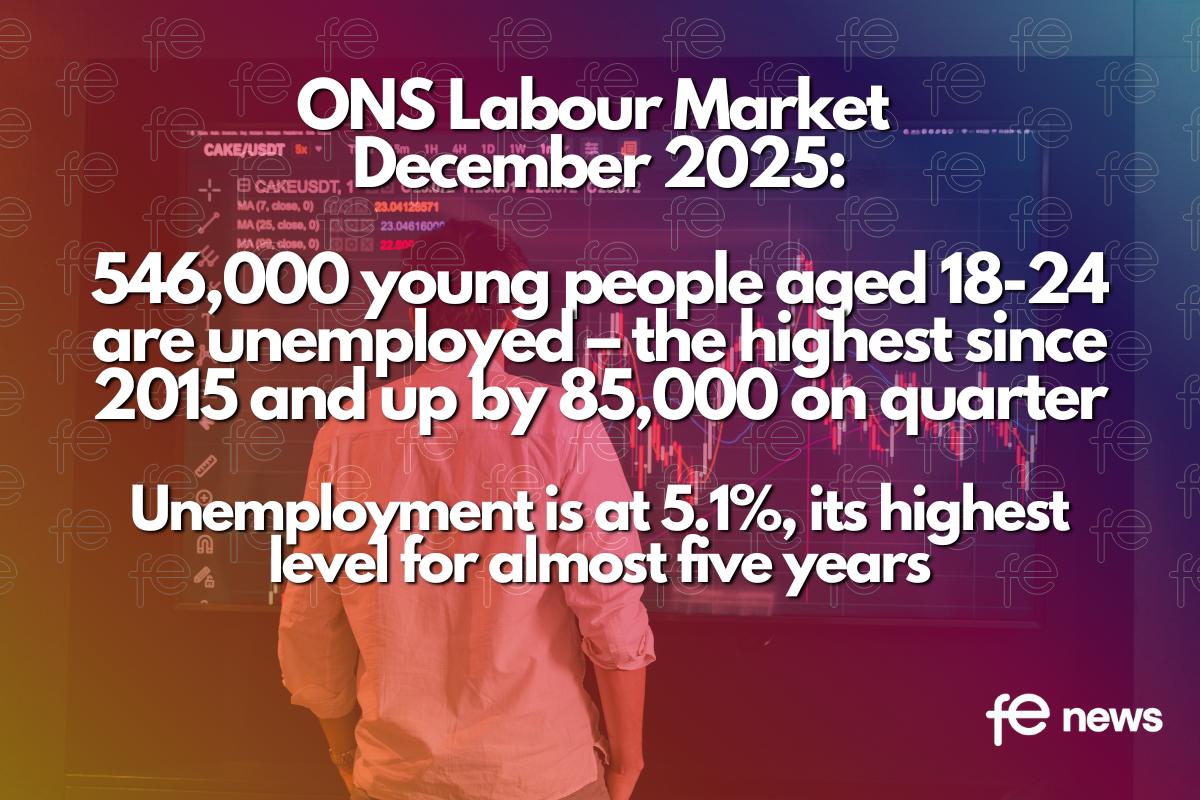Helping Every 16-18 Year Old to Progress

Results have yet to match the aspirations
The aspiration for policy makers over the last couple of decades has been to improve early years and school education to the extent that young people enter the later phases of education, post 16, equipped for success.
The rhetoric, and to a lesser extent the reality, has been about investing early in the hope that young people would then secure good skills and qualifications, and go on into the labour market enabled to take up productive jobs.
The Bottom Third of 16-18 Year Olds
Sadly, the results have yet to match the aspirations, and large numbers of young people move into post 16 education without a strong set of GCSE (or equivalent) qualifications, and often without the basic skills in English and maths which are necessary to progress confidently. The third (roughly) of young people who do not reach this aspirational level often, and unsurprisingly, have the characteristics which are associated with under- performance pre 16, including living in poor families, having mental health issues or other special education needs, and having been placed in care.
There is therefore a good case for continuing to strengthen the support for these vulnerable young people both pre and post 16. To do this effectively, we need a better understanding of how many of these children are performing throughout their time in education, compared to their more “advantaged” peers. There is presently a relatively good understanding of these gaps in performance in the pre-16 phases, but a much less good understanding post-16.
A first challenge is therefore to better understand the needs of this vulnerable group. I am pleased to note that the Nuffield Foundation has recently supported the Education Policy Institute to carry out research in this area during 2020 – and we hope to publish later this year a measure showing how the disadvantaged gap evolves post 16.
Funding 16-18 Adequately
Policy makers have talked, then, of “investing early” in order to equip young people for success before they reach the post-16 phase. This is one reason why at present the Pupil Premium – which gives institutions more money to educate disadvantaged students – does not continue beyond the secondary phase. It could also explain why in England (almost uniquely amongst richer OECD nations) we fund the 16-18 phase at a significantly lower rate than the secondary phase.
Since 2010, per pupil reductions in funding in the 16-18 phase have been twice as large (16%) as the reductions in primary and secondary funding (8%). But this is only part of a much longer- term trend which has favoured secondary and primary funding over 16-18 funding.
The funding squeeze on 16-18 institutions has recently caused a large number of them to move into deficit, and can also make it more difficult to recruit well qualified teachers into 16-18 institutions, where budgets are smaller than the equivalent “school” budgets, and where cross-subsidy between pre and post 16 pupils isn’t possible.
A Fundamental Funding Review
There is a strong argument for a more fundamental review by policy makers of the level of funding by phase of education. At present – in spite of rhetoric to the contrary – the early years receive the lowest per student unit of funding. This then climbs through primary and secondary education, before falling in the post-16 phase, and then soaring post 18 (but particularly for higher education routes).
Extending the Pupil Premium Post-16
It is not clear that this distribution of funding has a clear and evidence-based rationale. The persistence of the disadvantaged gaps (and indeed the fact that they appear to widen over time) could also argue for disadvantage related funding, such as the Pupil Premium, to continue into later education, rather than dropping away post-16.
Higher Funding Rates for 16- 18 Technical Education
We also need to look at the funding rates for 16-18 technical education, and how these compare with the funding of 16-18 academic routes. The UK appears to fund technical routes (often taken by more disadvantaged students) at a significantly lower rate than academic routes, which is not the case in most OECD countries.
16-18 Curriculum Reform – Maths and English
And we need to look closely at curriculum and qualification issues, post-16, particularly for the non-academic routes, and for those who have failed to secure the government “pass” expectation in key GCSEs such as English and maths. Too many students who have “failed” pre 16, continue to do so after 16.
Is there a more effective way to teach and engage these students, and equip them with the skills they need to get productive jobs?
16-18 Curriculum Reform – Level 3 T Levels
Another question is whether the system of post-16 non-academic qualifications in England – which has been tampered with so many times over recent decades – is fit for purpose and understood and valued by employers? It remains an open question to what extent T Levels will succeed in providing a credible “non- academic” qualification for those not taking qualifications such as A levels, particularly as technical and vocational qualifications are expected to be accessible to a broad ability range.
Fixing the 16-18 Phase
Having failed to “fix” post 16 outcomes by focusing predominantly on pre-16 solutions, it is time for policy makers to engage more seriously with the specific challenges of the 16-18 phase.
David Laws, Executive Chairman, Education Policy Institute
No 16-18 Year Old Left BehindThe Spring Budget in March and Spending Review in the summer will be pivotal moments to see if the government will prioritise funding for the education and training of 16-18 year olds compared to other phases of the English system. These will be against a background of reported 5% cuts in departmental spending and the apprenticeship budget facing overspend. The recent falls in the number of 16-18 year olds starting apprenticeships will also cause concern of a rise in the young people not in education, employment or training (NEET). In this #No1618LeftBehind mini-series, leading authorities from across the education sector offer policies and measures to help the new Government level-up education and training opportunities for all 16-18 year olds in England: No 16-18 Year Old Left Behind – wherever they live. The authors are:
|











Responses